Toolkit Section 8:
A Parent’s Guide to Charter Schools
The charter school idea was born in the 1970s out of a desire for more innovation in education. The first charter school was established in Minnesota in 1991, and the following year California was the second state in the nation to legalize charter schools with the Charter School Act of 1992. Since then, charter schools have seen tremendous success: there are over 7,600 charter schools in the US and over 1,300 in California During the 2021-22 school year, California charter schools served over 670,000 students, more than 11 percent of the state’s public school student population.
Charter schools are public schools – they are not private schools – funded with taxpayer dollars and are tuition-free for all of their students. To establish a charter school, an application must be submitted to a designated “authorizer,” such as a school district board or county Board of Education. The charter agreement between the authorizer and the school’s organizers (who might be parents, teachers, or a whole community) outlines the specific goals of the charter school.
The main difference between charters and ‘traditional’ public schools is that charter schools often operate outside of the control of the state’s teachers unions and bloated government bureaucracy. Instead, charters report to their own boards that oversee their administration. As a result, charters have more flexibility with teaching methods and curriculum, and greater freedom to innovate to meet student needs.
Teachers unions intentionally mislead the public about charter schools. For example, the CTA laments that charter schools are “exempted from some of the same standards of accountability and transparency of traditional public schools.” The California Federation of Teachers (CFT) criticizes charter schools by referring to them as an “industry.” However, California’s charter schools are all not-for-profit.
In 2020, Harvard University’s Program on Education Policy and Governance released a charter school study analyzing student performance data. For Black, Hispanic, and low-income students especially, charter schools have been a success. While a 2019 charter study meta-analysis “found overall only a small predicted gain from attending a charter…some locales reveal ‘statistically significant, large, and educationally meaningful achievement gains’ for low-income students, students of color, and English language learners.” The research also shows that “African American students at charter schools made greater gains on reading and math tests than their peers at district schools.”
In 2016 at the national level, it was found that on NAEP’s national science test, “low-income Hispanic 4th-graders at charter schools scored 10 points higher than their low-income Hispanic peers at non-charter schools.” As more data rolls in about charter school performance, it becomes increasingly clear that overall, charter schools are excelling in their goal to effectively educate students.
Charter schools are held to a high degree of accountability. If a charter school fails in its performance or mission, its charter can be revoked (or the authorizer can refuse to renew it at the next renewal ). Traditional public schools rarely face such accountability, and are allowed to continue with abysmal performance for decades. The claim that charter schools are exempt from performance assessments is false. The California Department of Education explains: “Charter school pupils are required to participate in all statewide assessments that are applicable to pupils in non-charter schools,” and “Charter schools are required by California Education Code Section 47605(d) to administer [CAASPP] tests following the same procedures and requirements for test administration as required of non-charter schools.”
At one time, California had a law called the Parent Empowerment Act, established in 2010 and sometimes referred to as a “parent trigger law.” The Parent Empowerment Act required local educational agencies overseeing “persistently lowest-achieving schools” to implement intervention if at least half of the parents signed a petition to do so. One of the available interventions was the conversion of the school into a charter school. Three schools that underwent Parent Empowerment Act transformations were 24th Street Elementary and Weigand Avenue Elementary in Los Angeles, and Desert Trails Elementary in Adelanto. Weigan remained unionized and was not converted to a charter school. The principal was replaced, but in response, “Weigand teachers quit to protest the trigger law.” Test scores at the school “flatlined.” On the other hand, 24th Street and Desert Trails were both converted to non-unionized charter schools, and at both schools test scores “soared.” You can also add Palm Lane in Anaheim that CPC and LC played a huge role. Bob Loewen recently shared the story with me. I am came into LC and CPC at the very end of this huge win!
The Parent Empowerment Act is no longer enforceable in California. This is because in 2017, the state transitioned to a new school accountability measure, implemented through the California School Dashboard. According to the state’s Department of Education, “due to the transition to the Dashboard, the CDE [CA Department of Education] can no longer identify those schools who are subject to the Parent Empowerment provisions.” Therefore, the Parent Empowerment program is now considered a program “no longer administered by the CDE.”
But this hasn’t stopped parents from getting charter schools established in their neighborhoods. Even though there are huge hurdles to overcome, especially with the Teacher’s Union opposition, iIt is still entirely possible to get a charter petition authorized and to launch a charter school. If you are a parent or teacher interested in what it takes to start a charter school, check out How to Start a Charter School in California.
Charters may not hand-pick students. They are required by the California Department of Education to “have highly credentialed teachers in all core subjects.”

